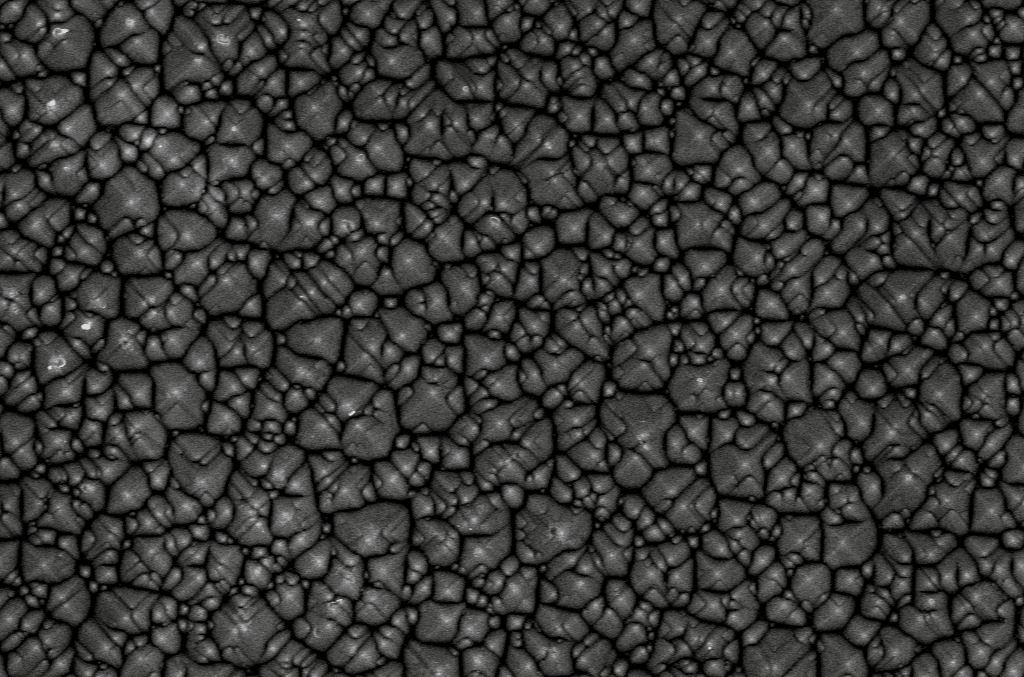


19 September, 2021
Ultrathin solar cells can be a path forward to low-cost photovoltaics due to their reduced material consumption and shorter required deposition times. With excellent surface passivation, such devices may feature higher open-circuit voltages (VOC). However, their short-circuit current density (JSC) may be reduced due to decreased light absorption. This mandates implementation of efficient light-trapping structures. To design efficient ultrathin solar cells that combine surface-passivation and light-trapping features, accurate 3-D modeling is necessary. To this end, we have developed a novel 3-D opto-electrical finite-element model to analyze the performance of ultrathin solar cells. We apply our model to the case of ultrathin (< 500 nm) chalcogenide solar cells (copper indium gallium (di) selenide, CIGSe), rear-passivated with nanostructured Al2O3 to circumvent optical and electrical losses. We find that such a nanopatterned dielectric passivation scheme enhances broadband light-trapping with reduced rear-surface recombination, resulting in an absolute PCE enhancement of 3.9%, compared to cells without passivation structure. Overall, our work shows how 3-D finite element modeling can aid in analyzing and developing new optical and electrical solar cell designs for ultra-thin solar cells such as those based on chalcogenides and perovskites.
To find out more, please check the full publication:
https://onlinelibrary.wiley.com/doi/10.1002/adts.202100191